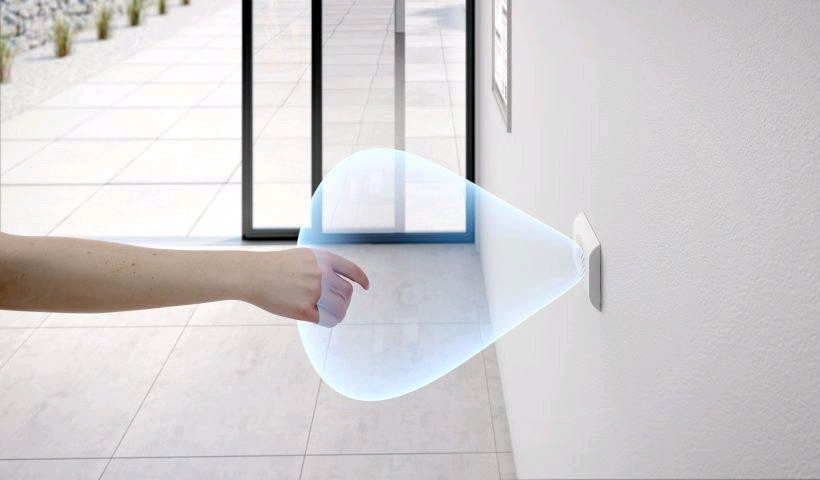 NEW
NEW
Through Metro Glass Tech in Wellington, DORMA supplied the MANET Pivoting System which provides a beautiful curved wall inside the Supreme Court (pictured opposite). This aesthetic highlight is made from frosted glass and encloses the spiral stairway. The MANET system allows glass partitions to be connected to each other or to walls or ceilings at virtually any angle – and in this application, free standing!
DORMA was also the supplier of choice for the Supreme Court’s operable wall. Located between the Common and Collegiate Rooms within the new building, DORMA supplied and installed a 2.5m high x 6m long movable wall used to partition space in
this secure area as and when needed.
Project Architect Nick Warring from Warren and Mahoney says, “We were looking for an operable wall that offered the required acoustic
performance along with a high level custom finish.”
Veneer finish matches fit-out
A stunning veneer finish was applied to the wall, giving a perfect match to the rest of the interior fit-out. But as Nick says, this wasn’t the only custom detail. “When not being used, we wanted the wall to completely disappear so that a clean and unobtrusive blank solid wall is all that is seen. We didn’t want any parts of the movable wall protruding into the opening – it had to sit flush against the wall when stacked back, which differs from the standard details.”
DORMA, known for its solution-oriented approach, worked alongside Warren and Mahoney to develop a design that provided an uninterrupted, clean appearance. As well as a 50 STC sound rating, the operable wall features a pass door which enables people to move between rooms without having to manoeuvre the panels back to the stacking area.
Heritage makeover
Working with architecture hardware specialists Henry & Kemp, DORMA supplied a mixture of door control products that were used in the new building, as well as the adjacent Old High Court building – a Category One building of national significance – which was being concurrently restored.
Jeremy McQuaid from Henry & Kemp explains the interesting quirks behind this particular project: “There were a number of challenges with the Old High Court Building. The brief was to retain and refurbish as much of the building as possible, in keeping with its 130 year old heritage nature.
“Once seismic strengthening had been completed, the wooden floors were re-laid and where possible, the original doors were refurbished and installed. Meanwhile, the door systems had to comply with current building regulations and cater for a wide range of abilities and environmental conditions,” adds Jeremy.
Expert restoration
DORMA BTS 75V floor springs replaced original springs that were more than a century old, and ITS 96 concealed door closers were installed.
“The new floor springs were covered with the original (now refurbished) brass cover plates, and all other brass hardware was refurbished or replicated. Throughout the project, every hardware item had to be finished in bronze, or coated to match the bronze in use, and all visible components of the door closers have been powder-coated bronze to complete the heritage look,” explains Jeremy.
Meanwhile, next door at the striking and new Supreme Court, ITS 96 concealed door closers and TS 92 and TS 93 slide rail closers were installed to suit the various applications such as offices, public areas and rest rooms. Jeremy concludes, “It was an important project that many felt couldn’t be done. DORMA did a great job ensuring the ‘right look’ was achieved. And with its reputation for quality, I’m confident their products will stand the test of time.”
DORMA’s General Manager, Geoff Cope, says it was an exciting project to be involved with: “Projects as prestigious as these, where quality and workmanship are celebrated, are a joy to be part of. It was particularly satisfying to receive a letter from the Ministry of Justice acknowledging and congratulating us on our contribution.”













 New Products
New Products









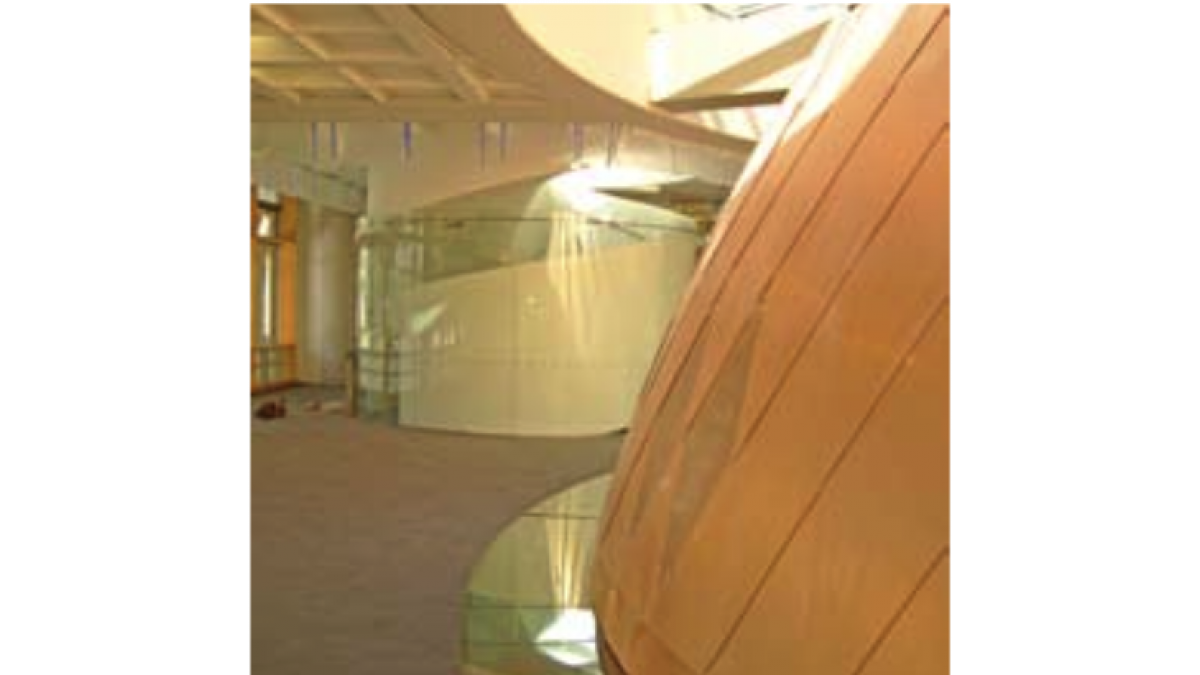
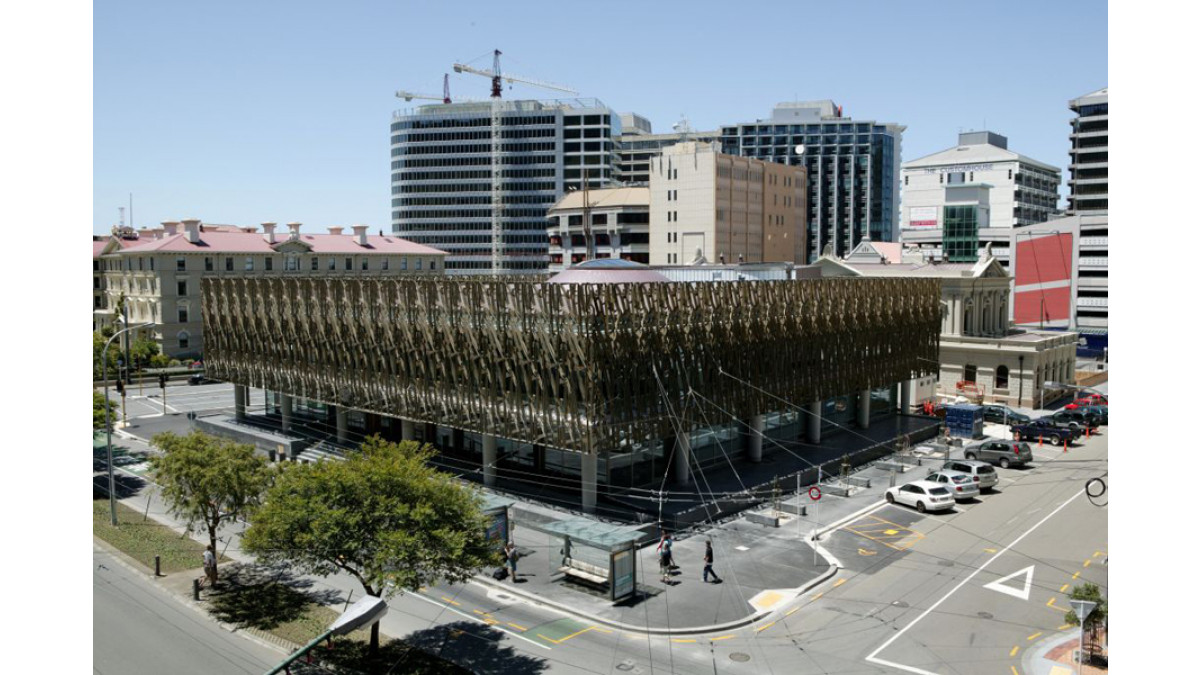



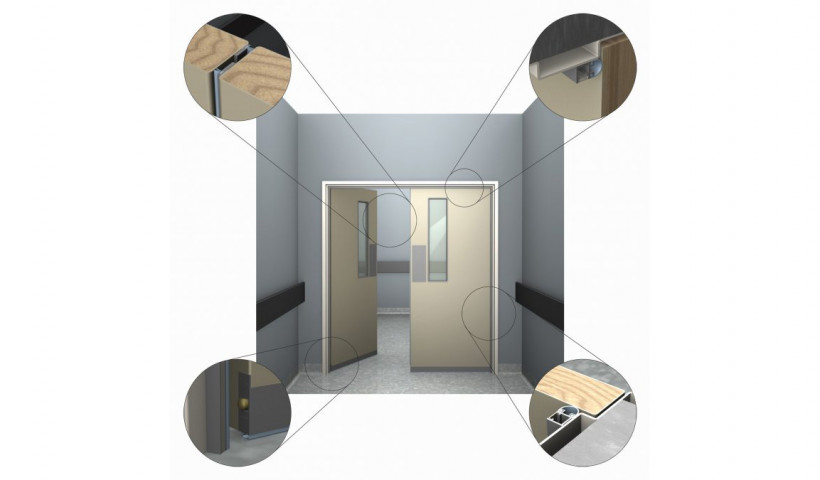
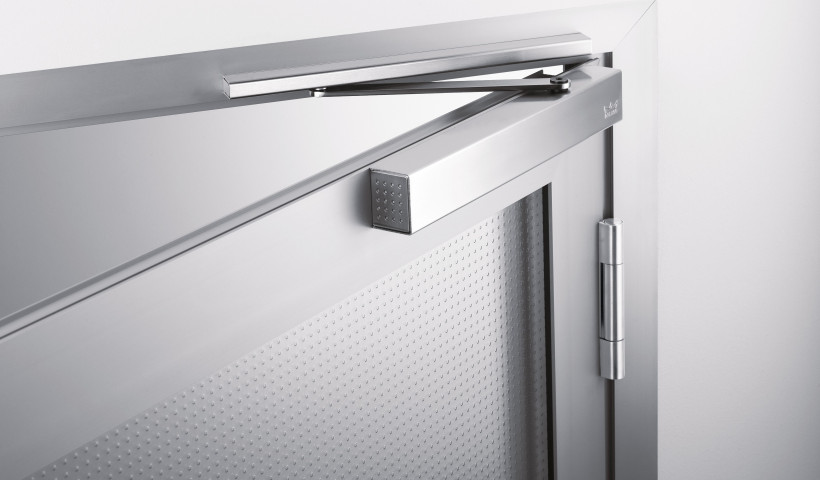
 Popular Products from dormakaba
Popular Products from dormakaba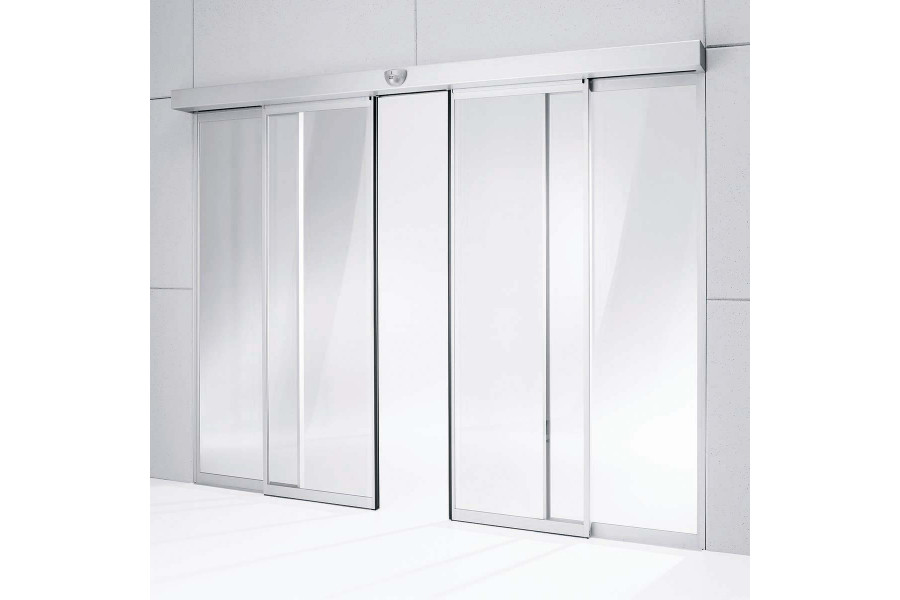


 Most Popular
Most Popular


 Popular Blog Posts
Popular Blog Posts
